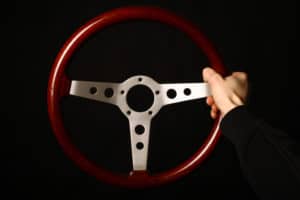 If you drive under the influence, Maryland will require you to install an ignition interlock device. This means your “one for the road” landed you a suspended license, a device that checks your blood alcohol concentration (BAC), and the financial responsibility of maintaining that device in every personal vehicle you own. When the interlock is first installed, you were trained how to use it properly, maintain it and what happens if you try to tamper with the device or circumvent the process. So what is the notice you received about a “low starts violation” and why does it matter that you’re not driving enough?
If you drive under the influence, Maryland will require you to install an ignition interlock device. This means your “one for the road” landed you a suspended license, a device that checks your blood alcohol concentration (BAC), and the financial responsibility of maintaining that device in every personal vehicle you own. When the interlock is first installed, you were trained how to use it properly, maintain it and what happens if you try to tamper with the device or circumvent the process. So what is the notice you received about a “low starts violation” and why does it matter that you’re not driving enough?
Not driving your vehicle enough is against your commitment to sober driving. It is a Maryland interlock violation.
If you have a notice of that type of Maryland interlock violation, it means your device did not record at least 50 attempts to start your vehicle within a 30-day monitoring period. The only way to determine if someone is maintaining their sobriety while driving is by proving itO otherwise, it is assumed you are driving another vehicle without an interlock, and possibly while intoxicated.
What should you do if you receive a notice for not driving enough?
You must send in an explanation for the low starts on your vehicle, such as relying on public transportation, carpooling, or potentially being unable to drive due to illness. If there are other circumstances, be sure to explain to both your ignition interlock service provider and the agency monitoring your interlock requirement.
While a “low starts” violation is probably the last thing on your mind after a DUI, it is something to think about. If you are innocently finding alternative transportation, then you can easily back up your claims and be on your way. If you are using another vehicle and driving illegally, that Maryland interlock violation could lead directly to more frustration than simply using the device as ordered.

Leave a Reply
You must be logged in to post a comment.